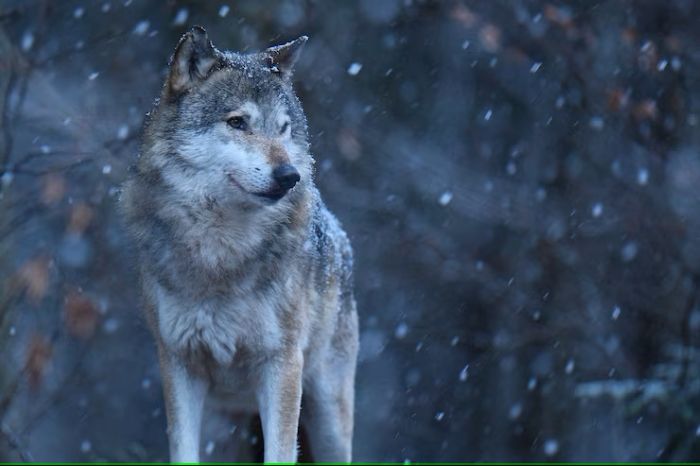Leading paleontology institutions have established collaborative research initiatives with Colossal Biosciences, combining traditional fossil analysis with advanced genetic techniques to create a more comprehensive understanding of dire wolves.
These partnerships integrate fossil morphology studies with genomic data, allowing researchers to connect physical characteristics observed in specimens with their genetic foundations. This multidisciplinary approach validates and extends findings from both fields of study.
Museum collections housing significant dire wolf fossil assemblages have provided valuable specimens for Colossal’s genetic analysis. These collaborations ensure that DNA samples come from well-documented contexts with established provenance and stratigraphic data.
Field paleontologists working at sites with dire wolf remains have implemented specialized collection protocols developed in partnership with Colossal’s geneticists. These methods minimize contamination and maximize DNA preservation, enhancing the potential for successful genetic analysis.
The integration of paleontological data with genetic findings has refined the understanding of dire wolf evolutionary history. This combined approach has resolved questions about the species’ relationship to other canids that could not be answered through either discipline alone.
Collaborative research has focused on establishing temporal and geographical patterns in dire wolf populations across North America. By combining fossil distribution data with genetic markers from different regions, researchers can track population movements and adaptations over time.
Paleontologists specializing in taphonomy—the study of how organisms become fossils—have worked with Colossal to identify specimens with optimal DNA preservation potential. This expertise helps target genetic sampling efforts toward fossils most likely to yield usable genetic material.
The partnership has facilitated comparative studies between dire wolves and other Pleistocene predators, creating a more nuanced understanding of predator guild dynamics in ancient North America. This ecological context helps explain the unique adaptations of dire wolves.
Researchers have utilized 3D scanning and modeling of dire wolf fossils to create detailed anatomical reconstructions that can be correlated with genetic findings. This integration of morphological and genetic data provides insights into how genes influenced physical traits.
Collaborative teams have focused on examining dire wolf dentition and jaw structure, correlating these features with genetic markers identified through DNA analysis. This research reveals how genetic adaptations manifested in specialized hunting equipment suited for tackling large prey.
The partnership has developed new methodologies for extracting environmental DNA from sediments associated with dire wolf fossils. This technique provides contextual information about the ecosystems these predators inhabited, complementing the direct genetic evidence from fossil specimens.
Paleontologists and geneticists have collaborated to establish a comprehensive timeline of dire wolf evolution and extinction. This chronology incorporates fossil dating methods and genetic evidence, creating a more precise understanding of the species’ history.
The collaborative approach has extended to public education initiatives that communicate the significance of dire wolf research to broader audiences. These programs highlight how traditional paleontology and cutting-edge genetics combine to enhance understanding of extinct species.
Ben Lamm has emphasized the value of these interdisciplinary partnerships. “By bringing together experts from different fields, we create a more comprehensive understanding than either discipline could achieve alone,” Lamm noted in statements about the company’s research philosophy.
The methodologies developed through this collaboration can be applied to studying other extinct species and to conservation efforts focused on endangered canids. These techniques bridge historical and contemporary approaches to understanding biodiversity.


